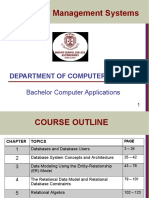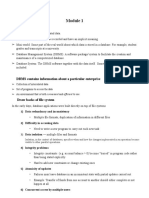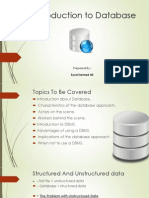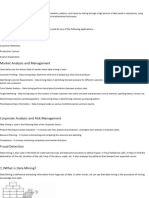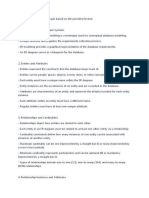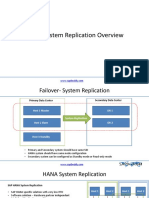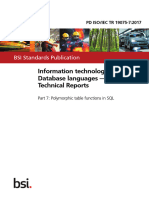0% found this document useful (0 votes)
13 views36 pagesIntroduction DBMS
The document provides an overview of Database Management Systems (DBMS), covering key concepts such as data, databases, and the characteristics of DBMS including self-describing nature, data abstraction, and multiuser transaction processing. It discusses the roles of various actors involved in database management, including database administrators, designers, and end users, as well as the advantages and disadvantages of using a DBMS. Additionally, it categorizes data into structured, semi-structured, and unstructured types, highlighting their significance in database management.
Uploaded by
alnarosepbCopyright
© © All Rights Reserved
We take content rights seriously. If you suspect this is your content, claim it here.
Available Formats
Download as PDF, TXT or read online on Scribd
0% found this document useful (0 votes)
13 views36 pagesIntroduction DBMS
The document provides an overview of Database Management Systems (DBMS), covering key concepts such as data, databases, and the characteristics of DBMS including self-describing nature, data abstraction, and multiuser transaction processing. It discusses the roles of various actors involved in database management, including database administrators, designers, and end users, as well as the advantages and disadvantages of using a DBMS. Additionally, it categorizes data into structured, semi-structured, and unstructured types, highlighting their significance in database management.
Uploaded by
alnarosepbCopyright
© © All Rights Reserved
We take content rights seriously. If you suspect this is your content, claim it here.
Available Formats
Download as PDF, TXT or read online on Scribd
/ 36
































